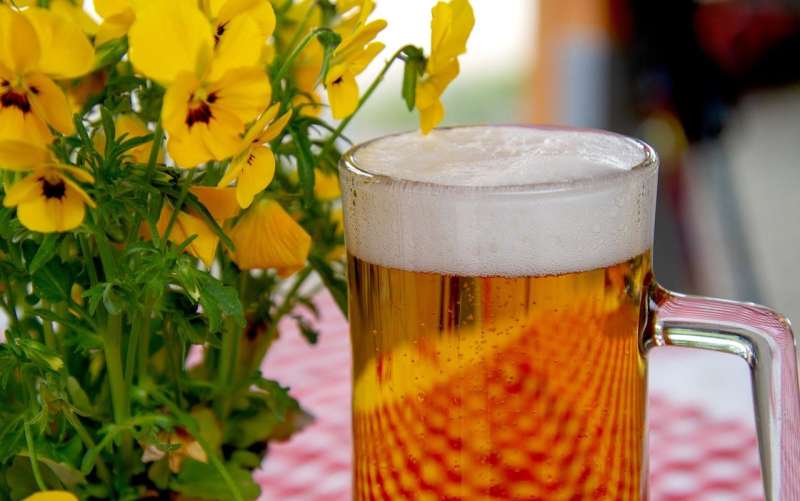Modern beer yeast emerged from mix of European grape wine, Asian rice wine yeast

For thousands of years brewers made beer using specialized strains of the budding yeast Saccharomyces cerevisiae. The historical origins of brewer's yeast are not well understood, however, as brewing predates the discovery of microbes. A new study publishing March 5 in the open-access journal PLOS Biology, led by Justin Fay at the University of Rochester, shows that modern brewing strains were derived from a mixture of European grape wine and Asian rice wine strains. This finding points to the emergence of beer yeast from a historical East-West transfer of fermentation technology, similar to the transfer of domesticated plants and animals by way of the Silk Route.
The historical origins of any domesticated organism are often clouded by recent migration, gene flow and mixing with other groups. While analysis of ancient DNA has been a boon to reconstructing many historical events, ancient fermented beverages and the microbes used to produce them are not available. However, many beer strains are known to be polyploid—having more than two copies of their genome—which allows them to remain isolated from other populations and provides researchers with a living relic of their ancestors.
To reconstruct the history of beer strains, the researchers sequenced and compared the genomes of beer strains to a panel of reference strains from around the world. The beer strains formed four related groups: two ale, one lager and one group containing both beer and baking strains. All of these groups show mixed ancestry from both European grape wine strains and Asian rice wine strains. The strains also contain novel gene variants not present in any other population. The origin of these novel variants is less clear, but their abundance suggests they were derived from an uncharacterized or extinct population. A complete reconstruction of the order and timing of events during the evolution of beer strains is difficult since their polyploid genome is not static. Changes in their polyploid genome have occurred during cell divisions, generating beer strain diversity and likely playing an important role in specialization to various brewing styles.
More information: Justin C. Fay et al, A polyploid admixed origin of beer yeasts derived from European and Asian wine populations, PLOS Biology (2019). DOI: 10.1371/journal.pbio.3000147
Journal information: PLoS Biology
Provided by Public Library of Science



















